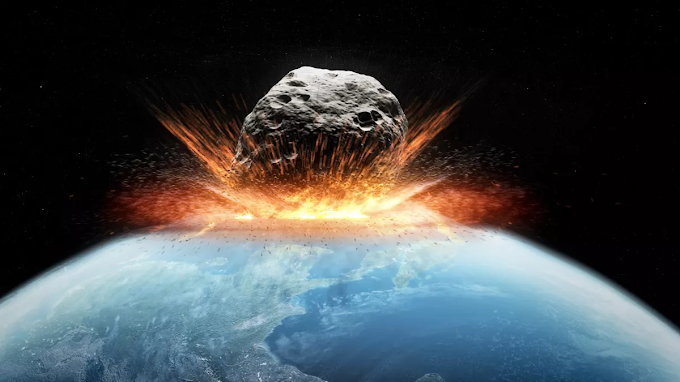Tesla CEO Elon Musk and other leaders from the automaker’s AI and hardware teams spoke at the company’s 2022 AI Day, an engineer-recruiting event in Palo Alto, Calif., on Friday night.
During the last AI Day in August 2021, Musk said Tesla was building a humanoid robot, known as the Tesla Bot or Optimus. The company didn’t have so much as a prototype to show at that time, and instead presented an dancer, dressed in a Tesla Bot spandex unitard on stage.
This year, Musk and Tesla employees who joined him on stage showed off a bipedal humanoid robot, which they said was only a “rough development robot,” walking and waving its hands in the air. They said the robot was walking around for the first time without any mechanical supports on stage in Palo Alto.
To warm up the audience, which included Tesla-focused social media influencers, Musk said, ″We’re going to talk about the advancements in AI for Full Self-Driving, as well as how they apply more generally to real world AI problems like a humanoid robot and even going beyond that. I think there’s some potential that what we’re doing here at Tesla could make a meaningful contribution to AGI [artificial general intelligence].”
He continued, “And I think actually Tesla’s a good entity to do it, from a governance standpoint, because we’re a publicly-traded company with one class of stock. That means that the public controls Tesla, and I think that’s actually a good thing. So if I go crazy, you can fire me — this is important. Maybe I’m not crazy.”
Elon Musk previously co-founded (and later quit) an artificial intelligence venture called OpenAI. In 2015, OpenAI boasted that it had trained neural networks to enable a robot-hand resembling a human hand to solve a Rubik’s Cube puzzle.
Back when Musk originally floated the Tesla Bot concept at AI Day 2021, he said, “It should be able to, ‘please go to the store and get me the following groceries,’ that kind of thing.” Later, Musk said robots made by Tesla could one day be worth more than its cars, and that thousands of them would be put to work in Tesla factories, where humans build cars and batteries.
During Friday’s presentation, Tesla employees showed off how the humanoid robot they are developing might function in the future, including with Tesla-designed actuators, which are like the muscle of the robot, and adaptive robotic hands that will allow the robot to grasp and manipulate a wide range of objects.
Milan Kovac, who is Director of Engineering for Autopilot at Tesla according to his LinkedIn profile, said that the company’s experiences developing driver assistance systems for Tesla vehicles, in particular computer vision systems, were helping the company figure out how to make a humanoid robot work in the real world.
While robotics experts have said that Tesla does not require a bipedal robot in order to put better automation to work in its factories, Tesla employees spoke at length on Friday about their dedication to the human form. Employees also said they were working on a special battery and actuators for their robots to keep power consumption to a minimum so their robot could work for a full day on a single charge.
Tesla Autopilot employees also spoke extensively about their quest to make Tesla cars autonomous without adding any new hardware to them.
In its past, the company’s Autopilot team relied on manual data annotation to identify and describe objects in short video clips that were captured by cameras and sensors on Tesla vehicles. Data labelers would identify things like road boundaries, lane markings or overlapping objects such as a pedestrian obstructing the full view of a stop sign.
The labeled clips serve to train Tesla’s neural networks, and improve driver assistance systems that enable their cars to navigate around, automatically avoiding obstacles, with driver oversight.
Now, Tesla says they have developed auto-labeling technology which allows the company to chew through half a million clips each day. In the end, a human comes in to “finalize” labels but they have a boost from the auto-labeling system.
The presenters also discussed, in great detail, how many improvements they were making to Tesla-designed chips and data infrastructure. They did not say when a self-driving car that’s safe to use without a human driver behind the wheel in normal traffic would be available to paying customers.









